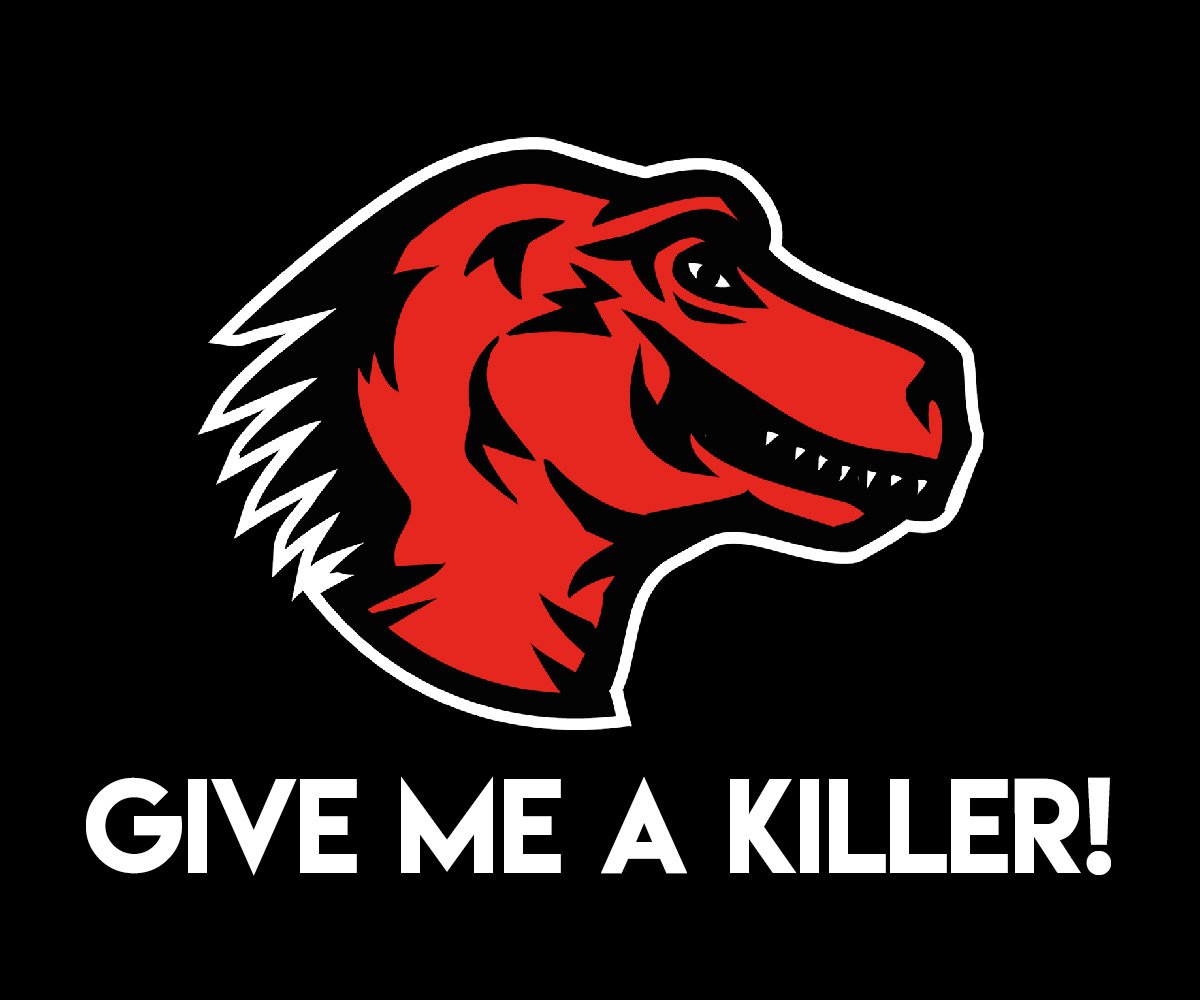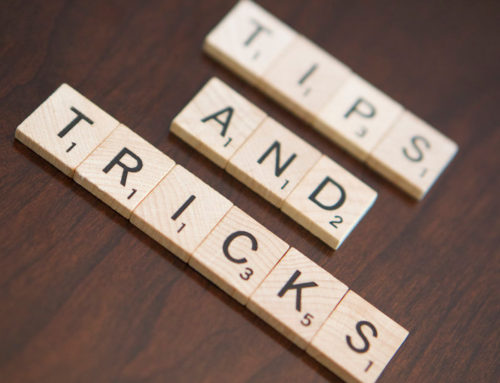Logo design is no simple feat. There’s more to crafting a brand’s visual identity than just placing a name in a square and calling it a day. Logo designers are in high demand, and it’s for good reason — a logo is often a company’s first impression, one that can impact a customer’s brand perception, purchase decisions and overall attitude toward a product.
We live in a society painted with brand logos. Even toddlers who can’t yet tie their own shoelaces recognize many logos or are able to deduce what a company sells just by looking at its brandmark.
For those who are about to embark on a brand design journey, or think it’s time for their company’s visual identity to undergo a face lift. Here are some tips on creating a great logo.
1. Be unique and clever
A logo is what helps distinguish a brand from its competitors, so it is important that the image stands out from the rest — something many brands struggle with.
In many cases, imitation is the best form of flattery — with logo design, this is not the case. Your logo needs to be unique and striking. It is unlikely that your logo may be 100% original, but that should be the goal.
Creativity is the key. It is important to think out of the box. The Mercedes logo is not a car and the Apple logo isn’t a computer,
2. Understand the brand
A logo is not only an image but a visual keystone that serves as an introduction to a brand. The logo must reach a specific audience and when designing, you must keep this in mind. Write down what you think about the brand; perhaps even create a mood board with imagery that reminds you of the brand’s ideology. Your design must be original and map directly back to your unique brand attributes and personality.
Is the brand utility-driven or is it more focused on evoking emotion? Is it contemporary or quirky? What does the customer care about, and what does the brand aspire to be? While it is helpful to stay up to date on design trends, it’s more vital to stay true to a brand’s overarching personality.
Every logo has some kind of a history, filled with meaning and purpose. Take Apple, for instance — the fruit is missing a “byte.” Or Wikipedia, an unfinished globe of puzzle pieces covered with glyphs from different writing systems. Both logos are simple, but have an added twist that circles back to brand ideology.
3. Colour is key
When taking the brand’s personality into account, you have to think about every aspect of the image. Bright and bold colors may grab someone’s attention, but could also seem brash; muted tones exude sophistication, but could be overlooked. Every colour evoke a different emotion and can bring nuance to or enhance your message. Here’s a quick break-down of the semantics of colour:
- Red: energetic, sexy, bold
- Orange: creative, friendly, youthful
- Yellow: sunny, inventive, optimism
- Green: growth, organic, instructional
- Blue: professional, medical, tranquil, trustworthy
- Purple: spiritual, wise, evocative
- Black: credible and powerful
- White: simple, clean, pure
- Pink: fun and flirty
- Brown: rural, historical, steady
4. What’s in a name?
A logo consists of two elements: a wordmark and a symbol. (Eg: Starbucks or Mercedes). Some companies choose to stick to Logotype entirely, like Ray-Ban, Coca-Cola and IBM. A company with a unique name can get away with a logotype. But if you have a generic name, then you will need a strong visual element like a logo mark to identify the company by.
Another important consideration is the typeface for your text, be sure to avoid fancy fonts, utilise negative space and perhaps tweak an existing font — websites like Font Squirrel orHypeForType are helpful. When all else fails: Turn to your friend Helvetica, a simple font that has been utilized well by many popular brands, such as Nars, Target, Crate & Barrel, American Apparel and JCPenney.
5. Keep it easy and flexible
It’s important to have a balanced combination of simple and quirky — your logo should be interesting without having others to take a lot time to analyzing the logo. A good example is FedEx’s logo, a simple logotype with a twist. The image utilizes negative space to create an arrow which connotes speed, precision and direction. Additionally, the witty contrast in colour of the “Ex”. Amazon pumps up on its wide inventory with a small arrow pointing from a → z.
In the digital age, where logos will appear on multiple devices and across social media, you must design something that transcends paper. It must look great on different backgrounds, work for apps, icons, avatars and print, and it must be flexible in size. Take Adidas, a brand that incorporates the same motif of three parallel bars in all of its designs. The visual changes slightly depending on where you see it, but it always contains similar components. You want to a design that will last through the ages, but you must be open to small iterations along the way.
6. Don’t expect instant success
Nike; Puma; Audi — all iconic logos, but like with anything successful, it took time for these to gain popularity. Logos won’t become instantly iconic, even if you’ve designed the most beautiful combination of vectors. It depends on the product’s success and the market in which it exists. “What you think is your best design might very well be for a local craft store that only people in the nearby area ever see. And the design won’t be classed as iconic because it doesn’t have the reach of multinational businesses,” Airey says.
Great logos are derived from a great understanding of brand principles. Nike designer Carolyn Davidson was told to create something that displayed motion and would look good on a shoe — hence, the swoosh; Audi represents the company’s four marques linked together; Puma, a simple visualization of the name, along with a leaping puma.
It’s important to be patient and not rush to make changes with your design just because you haven’t gotten the reception you initially expected. If the time has come to evolve your logo, look for elements that can be carried forward.
7. Use online resources and tools
There is a vast sea of information online for those who need some inspiration, collaboration or assistance when designing a company logo.




